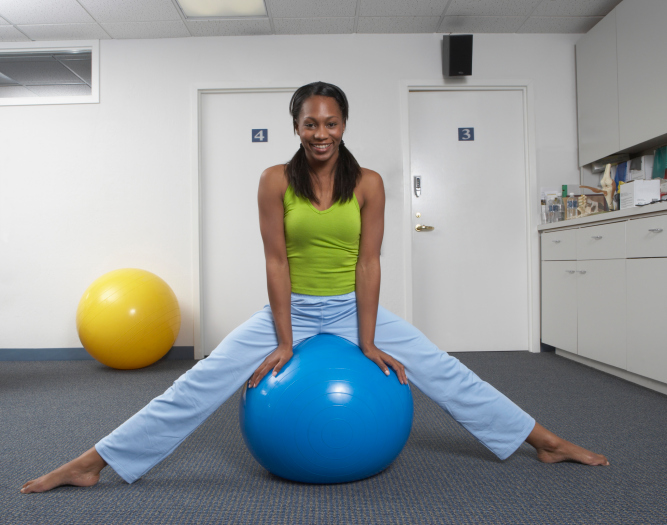When you first started working out, you probably noticed that you were developing muscles, toning, and taking off inches of body fat. But recently, perhaps you’re not progressing as you’d like, your workout feels too easy, or maybe you’re just getting bored. You may be experiencing a fitness plateau. This common phenomenon occurs after about 4 to 6 weeks of continuously performing the same exercise. Varying your exercise routine can help to increase your fitness level, further weight loss, and prevent fitness plateaus.
Overcoming Fitness Plateaus
Stay FITT!
Frequency: Alter how often you exercise each week. For example, switch from exercising 3 days to 4 days per week.
Intensity: Increase the intensity level of your exercise. If walking is your exercise of choice, pick up the pace or walk a route with greater variations of inclines.
Time: Add to the length of each workout. Try increasing your exercise time by 10 minutes.
Type: Be sure to include a variety of exercises. A well-rounded workout routine includes cardio, strength, flexibility and neuromotor exercises.
Try these tips to challenge your workout!
- Increase the amount of repetitions, sets, or weight when using free weights or strength training machines.
- Use more muscles. For example, if you generally workout your arms, try exercising your abs or legs.
- Add stability exercises like balance exercise or using a stability ball.
- Increase your heart rate by adding power to your workout. Try jump squats, jump lunges or work out with a medicine ball.
- Switch up your cardio workout. For example, if you’re a runner, try swimming, biking or cardio machines like the elliptical.
- Add bursts of intensity to your cardio workout through inclines, sprints, stair climbing or jumping.
- Try interval training. Alternate short burst of vigorous activity within your normal cardio workout. For example, after your warm-up, sprint for 30 seconds, jog for 1 minute, sprint for 30 seconds, jog for 1 minute, and so on.
- Include a new form of exercise. Try something new such as yoga, a workout app, circuit training, an exercise DVD or fitness class.
Keep in mind…
Exercise with caution and know your physical limits. Pushing yourself too hard is counterproductive and can result in accident or injury. Always talk to your doctor prior to starting new types of exercises. This is especially important if you are being treated for a medical condition or have a previous injury.
For Health Advocate Members
If you’re a Health Advocate member with access to the wellness coaching component of our Wellness Program, contact your coach today for more tips to challenge your workout routine.



